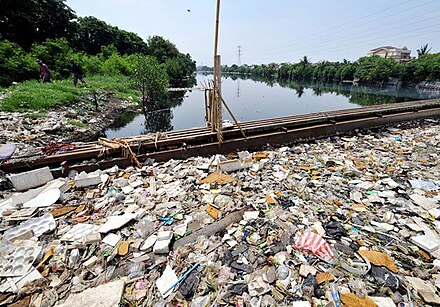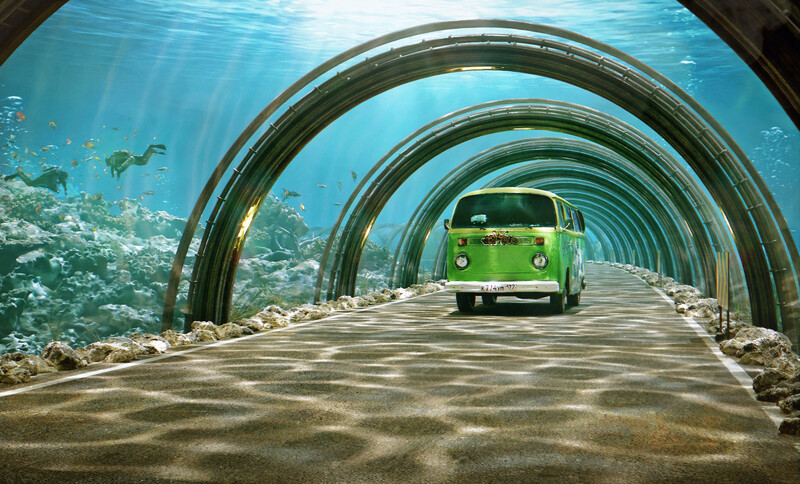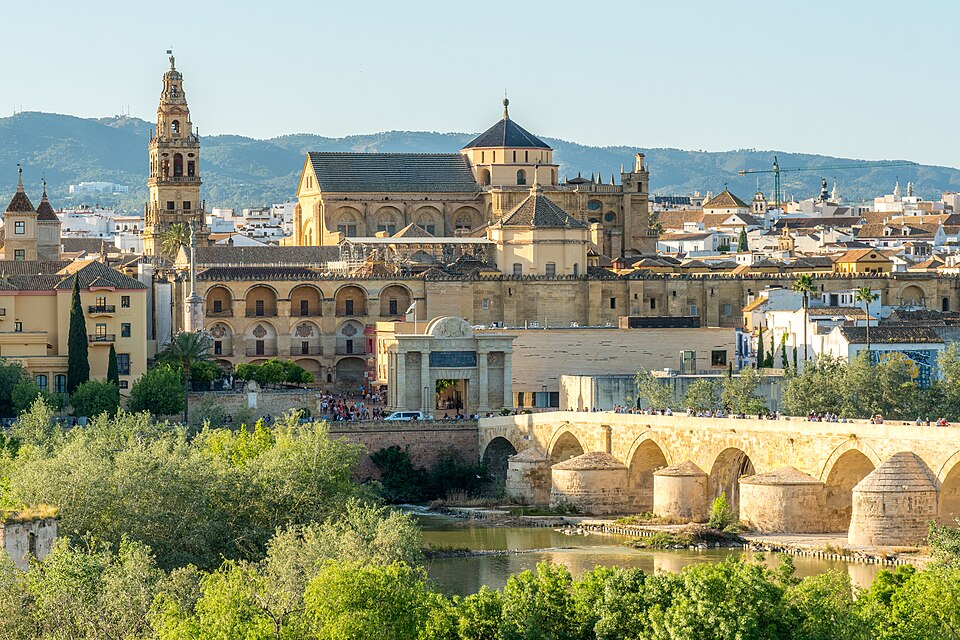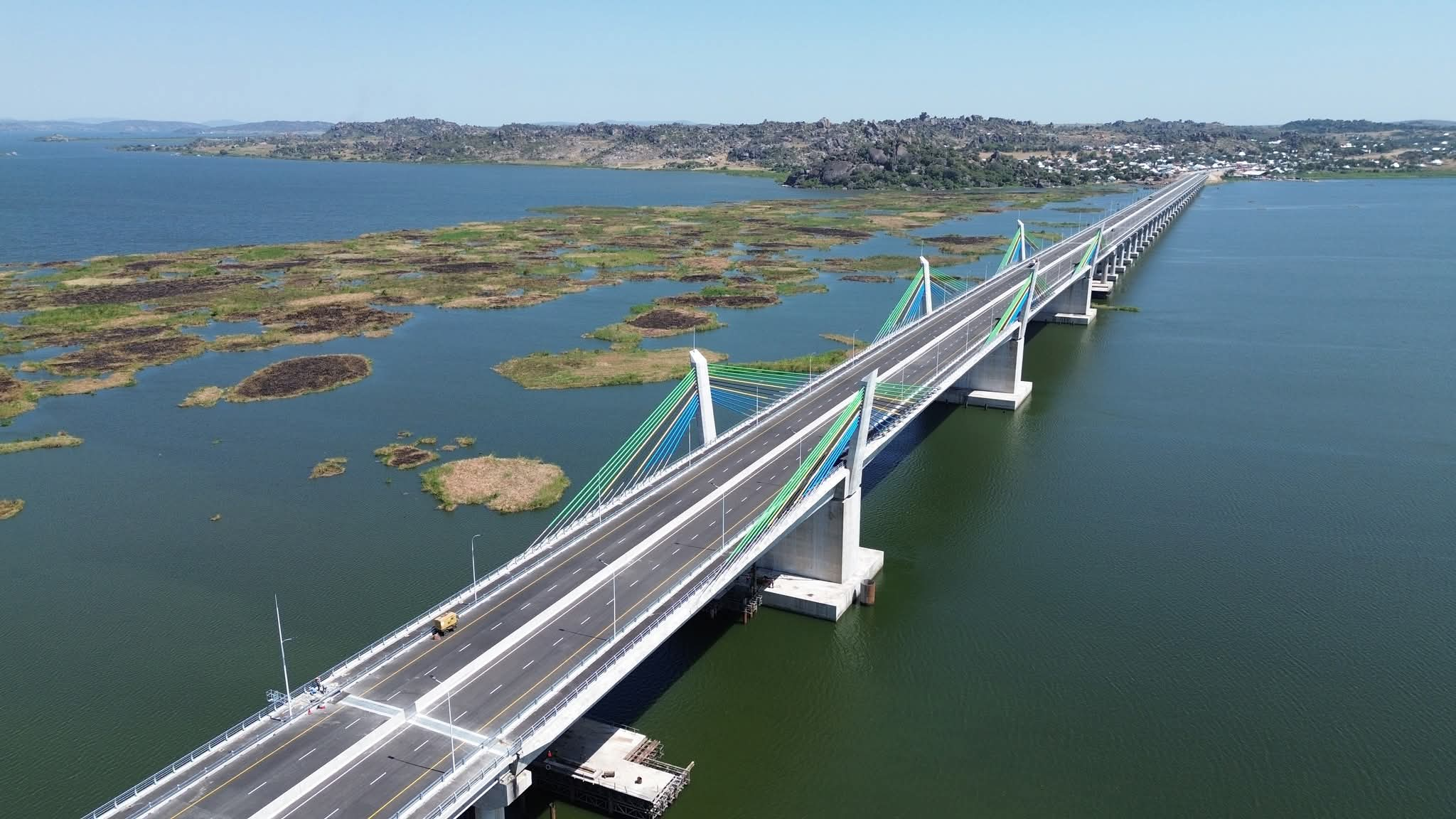CITARUM RIVER: The World's Most Polluted

Did you know that the most polluted river in the world is the Citarum River in Indonesia, and that the Asian Development Bank once approved a $500 million loan for cleaning up what it called "the world's dirtiest" river while the Indonesian government is to spend $4 billion over 15 years to revitalise it?
The Citarum River, despite being considered as one of the most polluted rivers in the world, is the longest and largest river in West Java, Indonesia and the third longest river after the Bengawan Solo and the Brantas. The river plays an important role in the life of the people of West Java. The Buni clay pottery-making culture grew and thrived there in prehistoric times, but now the river is so full of plastic, household and industrial waste, raw sewage and other human refuse, that the river’s water is practically invisible.
Though the river makes up around 80 percent of the surface water available to the people who use it, pollution has affected agriculture so much that farmers have sold their rice paddies for half their normal price. On December 5, 2008, the Asian Development Bank approved a $500 million loan for cleaning up the river, calling it the world's dirtiest.
The river is heavily polluted by human activity; about five million people live in its basin. Textile factories in Bandung and Cimahi were major toxic waste contributors. More than 2,000 industries contaminate 5,020 sq miles of the river with lead, mercury, arsenic, and other toxins. According to the documentary Green Warriors Indonesia by Martin Boudot, some of the other toxins include sulphites, nonylphenol, Phthalates, PCB 180, paranitrophenol, tributylphosphate.
The documentary also mentions that the most dangerous pollution comes from the Indonesian textile industry (with many textile factories being part of Asosiasi Pertekstilan Indonesia). It is also mentioned that the textile factory effluents are only tested on a very select number of parameters. It was thus also proposed in the documentary that a revisal on the textile industry guidelines could include more parameters such as sulphites and heavy metals.
Environmentalists have observed that over 20,000 tons of waste and 340,000 tons of wastewater from those textile factories are disposed into the river on a daily basis. A result of this pollution has been the elimination of a significant part of the river's fish population estimated at 60% since 2008.
In 2011, the Indonesian government began a river revitalization project, aiming to return the whole river to clean drinking water status. In November 2011, the river revitalization began, with an expected cost of Rp35 trillion ($4 billion) over 15 years. The revitalization is occurring from Mount Wayang through eight regencies and three cities for a distance of 180 kilometers. The target for the first three years is to collect 10.5 million cubic meters of sedimentation.
In February 2018, the President of Indonesia Joko Widodo launched a seven-year plan to clean up the whole river to achieve clean drinking-water status, ordering 7,000 regular soldiers to clean up allocated sections of the river on a regular basis. They have powers to block up outlets conveying polluted wastewater from factories into the river and are installing rubbish treatment and water treatment facilities.
Problems are: lack of money for continuing action, lack of coordination at local level, bribes paid by factories to avoid change, and upstream soil erosion from deforestation that enhances the silting of the lower river. But with wider internet publicity, and now the top-down government enforcement, more foreign consultants are coming in to recommend necessary changes upstream, and local awareness and anti-plastics campaigns are beginning to take effect.
#penglobalfactfile


_1755775186.jpg)
